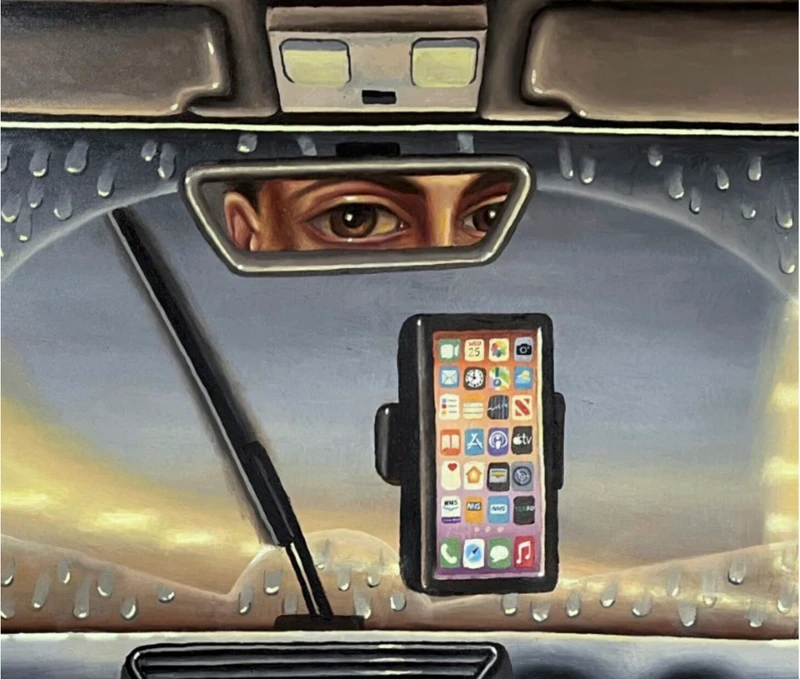Alexander Guy: White Lies
15 Sep-6 Oct 2022
PV 14 Sep 2022, 6-8pm


“The brightness in Guy’s art springs, in part, from his appetite for social abrasion, but it’s also the flipside of a bleaker streak, his loathing of oppression, of the straightjackets we put on our minds, in our sexual, social and spiritual expectations. The dark edges that creep around his everyday objects, his houses and his faces, the very shadows that make them glow with vigour and light, are manifestations of the horror he has of the cages in which we trap our natures, the tortures we inflict on ourselves and others, tortures that, as he knows full well, can be born in the cradle. His bold, generosity of spirit springs from the sharp dig of pain.” – Julian Spalding
Alexander Guy (b. 1962, St Andrews, Fife) has a genuine thirst to engage with real people and places, painting what he calls the ‘tacky realism’ of modern life. His oeuvre functions as an incredible encyclopaedia of behaviours, trends and pop culture in Thatcherite Britain. He is the UK’s modern-day Domenico Gnoli. Guy’s version of Pop art, where banal branded objects occupy the space (the canvas) formally dedicated to ‘high’ art, has a humanist feel. Kleenex, Greggs, Mr Kipling, Harpic, Starbust could not be said to be seductive graphically as elements of every day consumption but Guy renders them almost to a photo-realist degree, and with a kind of nostalgia that brings these objects strangely to life.
He ploughs through art history for familiar motifs and subjects in the same way that he eagerly gathers images from the internet, combining them with details, objects and people from his own daily life. He treats every subject with the same raw, quasi-photorealist approach: folk at the pub, celebrities, pornography, rubber dinghies, sneakers, overflowing ashtrays, loo roll, cleaning products, dog food – all are potential fodder for his sharp and unforgiving eye.
The crude freshness of his aesthetic evokes the metaphysical compositions of Giorgio de Chirico and the naive style of late Philip Guston, whilst also nodding to the urgency of the social realism of the Mexican muralists. There is a simultaneously smooth and thick impasto handling of paint and the work glows with a saturated, artificial intensity. A dark roughness creeps around the edges of his everyday objects and people, yet it never fully penetrates the bold spirit of his work. He paints the bleak reality of everyday life, transforming it with an electric potency, which feels as fresh and as urgent as if they had been made today.